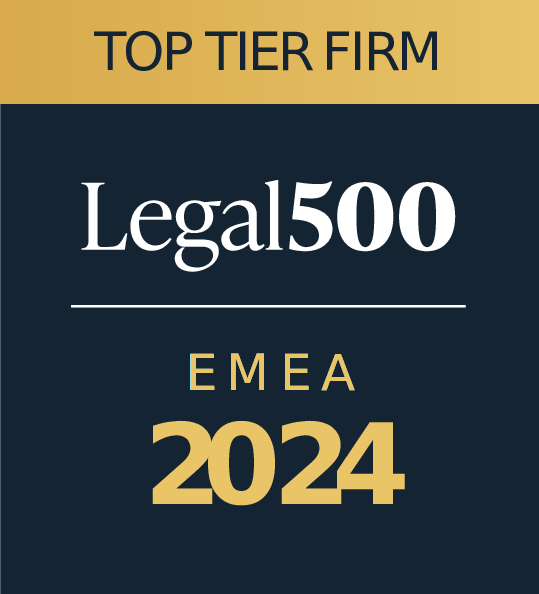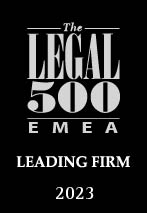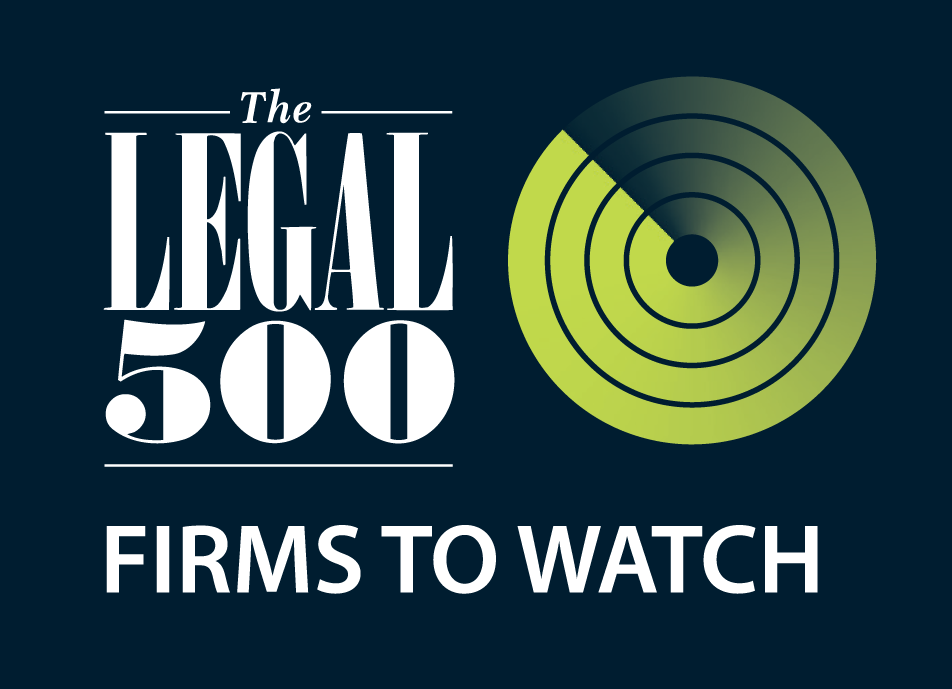Research organizations, i.e. universities, other educational institutions with research activities, research centres and technological institutions, carry out research that can lead to commercially exploitable inventions. In addition, research also results in the development of simple scientific know-how which, while not constituting an invention, can be exploited in society and the economy and is therefore commercially exploitable.
The commercial exploitation of the research and know-how of research organizations is what has been established, according to international definition and practice, as ‘technology transfer’.
In the context of technology transfer, research organizations are called upon to manage cases where one of their partners wishes to work with a commercial company in order to commercialize the results of their research. In other cases, researchers are interested in setting up a new company (spin-off company) for this purpose. However, in order to manage such activities effectively, appropriate structures, procedures, documentation, etc. are required. to enable research organizations to manage the results of the research internally for the benefit of both the organization and the market.
To this end, it is necessary for the organization to draw up internal rules of procedure for technology transfer to govern all such procedures. It is very important that the body in question is structured and organized to this end so that, should the situation arise, it is in a position to negotiate and take appropriate action to safeguard the research and, at the same time, its own interests.
In order to develop a Technology Transfer Regulation, the body will be required to undertake an internal review and possibly (per) structure, as it will be called upon to address the following challenges:
- Which internal bodies/departments/persons will take decisions on its behalf
- what is the procedure for assessing the protection and protection of intellectual property rights on the result of research, e.g. patent
- framework for negotiating a commercial agreement with a company for the exploitation of research results (technology transfer agreement)
- procedure/decision making etc. for the establishment of or participation in a spin-off
- determination of the conditions for calculating royalties in intellectual property exploitation agreements
- what is the control/supervision procedure for the implementation/implementation of a technology transfer agreement?
These issues pose significant administrative, organizational and legal challenges. It is therefore very important for the entity in question, in order to structure the above issues internally and to be able to incorporate them into a Technology Transfer Regulation, to obtain the assistance of appropriate consultants who are familiar with the legal framework within which they can operate and at the same time provide appropriate advice on the business strategy, policy and legal issues that arise in such a process.





